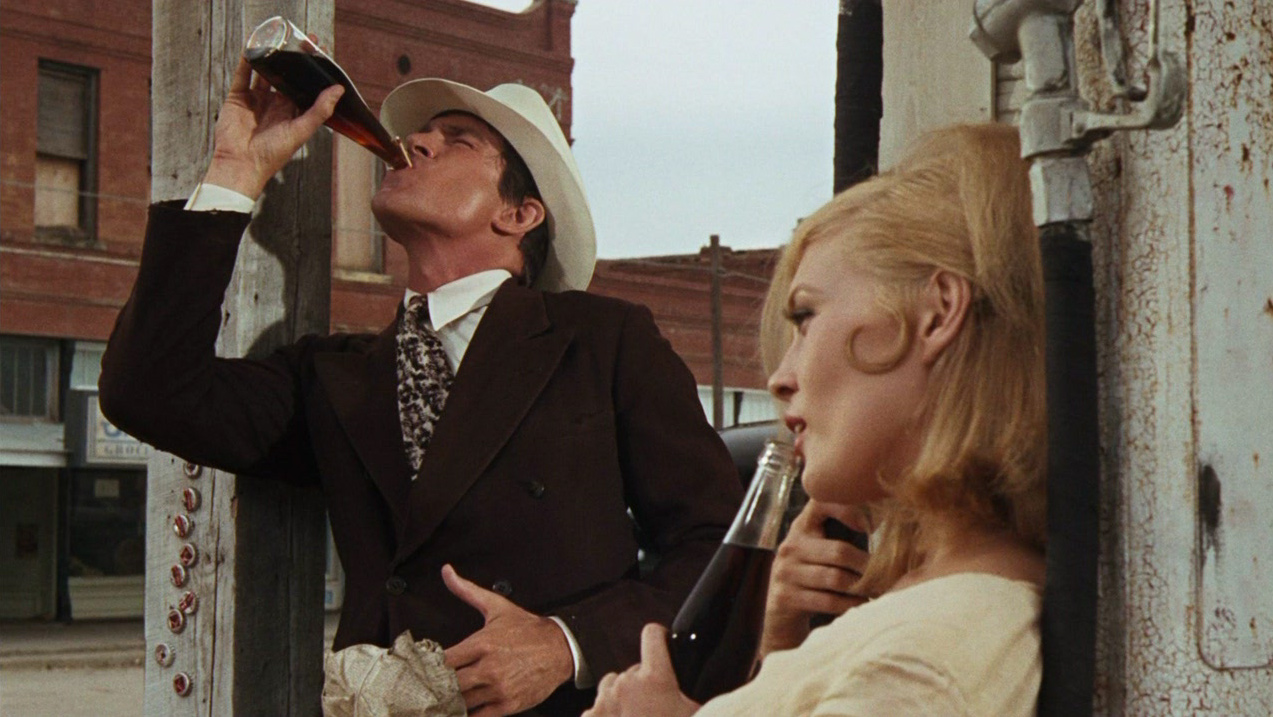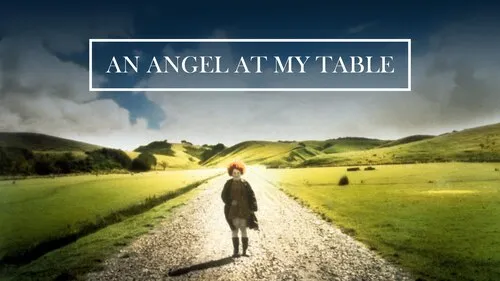Few films in cinema history have exploded with the cultural force of Bonnie and Clyde. Released in 1967 at the height of a cultural revolution, Arthur Penn’s landmark film didn’t just tell a story—it detonated a new era of American filmmaking. Bold, bloody, sensual, and unsettlingly romantic, it redefined the boundaries of violence, heroism, and morality on screen, leaving behind a trail of influence still visible in modern cinema.
Loosely based on the real-life criminal couple Bonnie Parker and Clyde Barrow, the film traces their infamous crime spree across the American South during the Great Depression. But this isn’t a history lesson. Bonnie and Clyde plays more like a folk song—wild, lyrical, and tragic. It begins with a flirtation and ends in an ambush. What happens in between is a chaotic dance between myth and reality.
Warren Beatty stars as Clyde Barrow, a small-time outlaw with big-time charm and deeply buried insecurities. Faye Dunaway is electrifying as Bonnie Parker, a bored waitress looking for escape, excitement, and something like meaning. Their connection is instant, and the film wastes no time in launching them into a life of crime—robbing banks, stealing cars, and, perhaps most dangerously, achieving fame.

The supporting cast, including Gene Hackman as Clyde’s volatile brother Buck, Estelle Parsons as Buck’s hysterical wife Blanche, and a young Michael J. Pollard as the naive getaway driver C.W. Moss, adds layers of tension and comic relief. Together, they form a makeshift family of misfits, bound less by ideology than by adrenaline and the thrill of being noticed.
One of the most radical aspects of Bonnie and Clyde is its shifting tone. It begins almost like a screwball comedy—the couple’s early robberies are clumsy and humorous. But as the violence escalates, the mood darkens. By the film’s final act, comedy has been replaced by dread. Penn uses this tonal evolution not as a flaw but as a tool, drawing the audience into complicity. We laugh with Bonnie and Clyde, we root for them, and then we’re horrified by what we’ve been cheering for.
Technically, the film was groundbreaking. Burnett Guffey’s cinematography captures both the dusty realism of Depression-era America and the romanticized myth of the outlaw. The jump cuts, freeze frames, and slow-motion death sequences prefigured the stylistic experiments of the New Hollywood movement. The film’s climactic shootout—a brutal, balletic rain of bullets filmed in agonizing slow motion—shocked audiences at the time. Today, it remains one of the most iconic endings in American film history.

The film’s score, sparse but memorable, leans on bluegrass and folk music rather than sweeping orchestration. It grounds the film in Americana, even as the story spirals into tragedy. There’s a sense of inevitability to the whole experience—Bonnie and Clyde are not heading toward redemption, but into legend.
Beyond the aesthetics, Bonnie and Clyde was also politically and culturally resonant. Released at a time when America was deeply divided—over Vietnam, civil rights, and generational identity—the film became an unexpected symbol of youth rebellion. Bonnie and Clyde were not just outlaws; they were anti-establishment icons. Their defiance, their hunger for freedom, and their refusal to follow rules echoed the feelings of an entire generation. The line “We rob banks” became a mission statement for anyone disillusioned with authority.
Critically, the film was divisive upon release. Older critics dismissed it as irresponsible or sensationalist, while younger audiences embraced its daring. Over time, however, Bonnie and Clyde has come to be seen as a turning point—the moment when American cinema grew up. Without it, there would likely be no Taxi Driver, The Godfather, Pulp Fiction, or Natural Born Killers. It opened the door to moral ambiguity and stylistic freedom, changing what audiences expected from Hollywood.
:max_bytes(150000):strip_icc()/rdaa076_ra110_h-2000-25f14714c06649efb2f425b9d0075d25.jpg)
And yet, for all its innovation, the emotional core of Bonnie and Clyde is timeless. It's about people who want to matter, who are terrified of being invisible. Bonnie doesn’t just want to escape—she wants to be remembered. Clyde doesn’t just want money—he wants control over his fate. Together, they believe they can outrun the system, and for a while, it feels like they might.
The film doesn’t glorify crime, but it does understand its allure. The thrill of the chase, the defiance of rules, the intimacy of being outsiders together—all of it is portrayed with honesty and nuance. When Bonnie and Clyde die in a hail of bullets, it’s not just the end of two criminals. It’s the end of a dream. And the way the camera lingers on their bodies, riddled with gunfire, frozen in motion, feels like a funeral for something larger: the myth of invincibility, the fantasy of freedom without consequence.

If Bonnie and Clyde were to have a spiritual sequel, it wouldn’t follow more outlaws. It might instead follow a society shaped by their myth. A journalist who covered their death becomes obsessed with their story. A child who witnessed the ambush grows up questioning justice. Or a young woman in 2020s America, finding Bonnie’s poetry and wondering if rebellion still means something. Because the truth is, the story of Bonnie and Clyde never really ended—it just transformed into folklore, passed on like a dangerous inheritance.
In the end, Bonnie and Clyde is a film about love, violence, fame, and fate. But more than anything, it’s a film about wanting to live loudly, to matter in a world that tries to keep people quiet. That’s what made Bonnie and Clyde legends—and what makes their story, even decades later, impossible to forget.

-1751100889-q80.webp)

